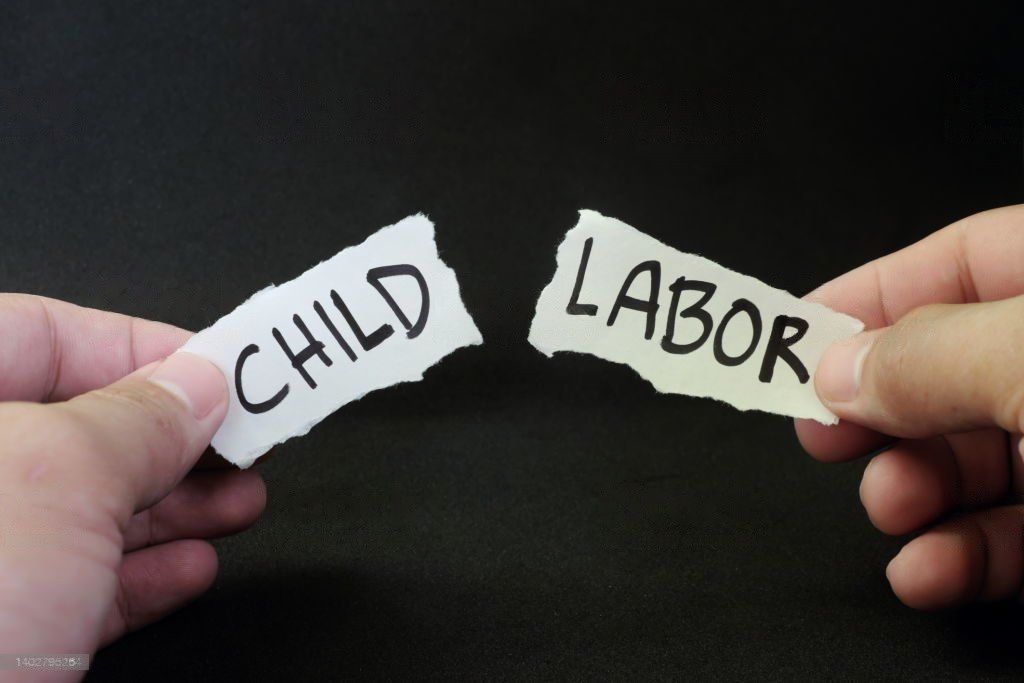AFP
WASHINGTON – India, Bangladesh and the Philippines lead the world in the number of products made by child workers, a US government stock-taking of the global scale of underaged labor revealed Monday.
Some 130 types of goods – from building bricks and soccer balls to pornography and rare ores used in cellphones – involve child labor in 71 countries in Africa, Asia and Latin America, the Department of Labor said.
“We believe that we all have God-given potential … and every child should be given the right to fulfil their dreams,” said Labor Secretary Hilda Solis at the release of the 10th annual “Findings on the Worst Forms of Child Labor.”
Focusing this year on hazardous work performed by children, and relying in good part on International Labor Organization data, the report examines efforts by more than 140 countries to address the worst forms of child labor.
The International Labor Organization estimates that more than 215 million children are involved in child labor.
One-third of countries have yet to define hazardous kinds of work prohibited to children, it said. Some nations have no minimum age for such work, and still more lack the means to monitor and enforce bans on dangerous child labor.
A rundown of goods produced by child labor, issued alongside the report, underlined the degree to which youngsters in developing nations are forced to work, rather than go to school, for little if any wages.
India topped the list, with its children being used to make no fewer than 20 products, including bidis, bricks, fireworks, footwear, glass bangles, incense, locks, matches, rice, silk fabric and thread, and soccer balls.
India also led a separate list of products made by forced or indentured child labor – seven types of goods in all, including carpets, embroidered textiles and garments.
In Bangladesh, children produced 14 kinds of goods, many of them of an industrial nature, such as bricks, footwear, steel furniture, leather, matches, and textiles including jute.
In the Philippines, children took part in the production of bananas, coconuts, corn, fashion accessories, gold, hogs, pornography, pyrotechnics, rice, rubber, sugar cane and tobacco.
The Department of Labor announced Monday a $15 million grant to the World Vision charity “to address the worst forms of child labor in sugar cane production” in the Philippines.
Sandra Polaski, deputy undersecretary for international affairs at the Department of Labor, told AFP that India’s place atop the child-labor table reflected its billion-plus population, and not neglect of the issue.
“India is one of the two largest countries in the world, and so the larger the country, if there is significant poverty, you would expect to see more” child labor, she told AFP.
“The Indian government is the first to say they have to find more ambitious ways” of tackling the problem, she said, adding that New Delhi took a big step in 2010 when elementary education was made compulsory across the country.
Worldwide, Polaski said, the United States expects to see an uptick in the use of child labor as a consequence of the economic slump of 2008 from which the world has yet to re-emerge.
“We expect that some more children have fallen back into child labor,” she said. “As households have been pushed in some countries below the poverty line, they’ve made up the difference (in income) with child labor.”
Child labor remains in much of Latin America, but Polaski welcomed signs of progress – particularly in Brazil where child labor persists in agriculture, but poverty-fighting policies are showing results.
In Africa, children are working at mines in Democratic Republic of Congo, particularly at those producing cassiterite and coltan – both used in the assembly of mobile phones – and wolframite, used for tungsten steel.




